The Secret Life of bees
Categories: Animals | Nature | World
By Pictolic https://pictolic.com/article/the-secret-life-of-bees.htmlAlex Wild is a biologist and curator of the Department of Entomology at the University of Texas at Austin. One day in the early noughties he needed illustrations for a scientific paper. That's when he first picked up a camera. Now his portfolio includes hundreds of pictures of insects of the highest quality. We will show you stories from the life of bees.
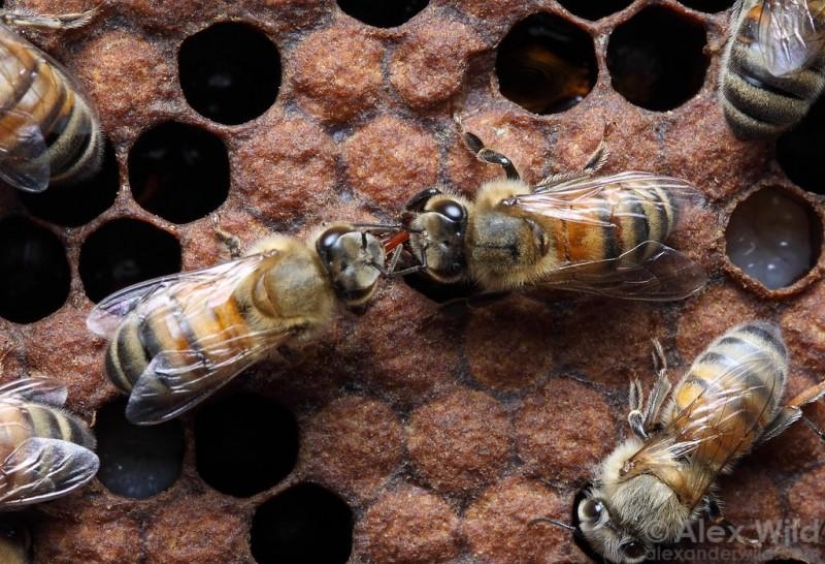
Bees are so important that for them there is a special science "apiology" — a discipline that studies honey bees (Apis mellifera).
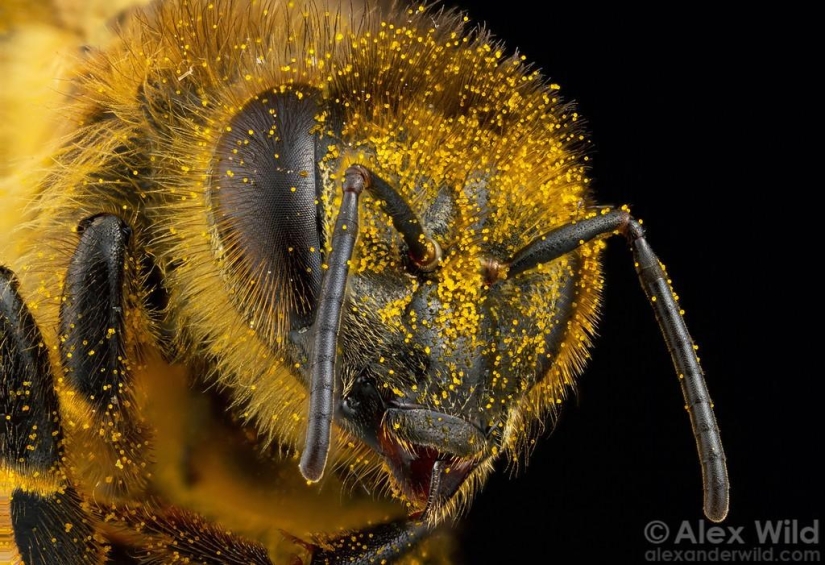
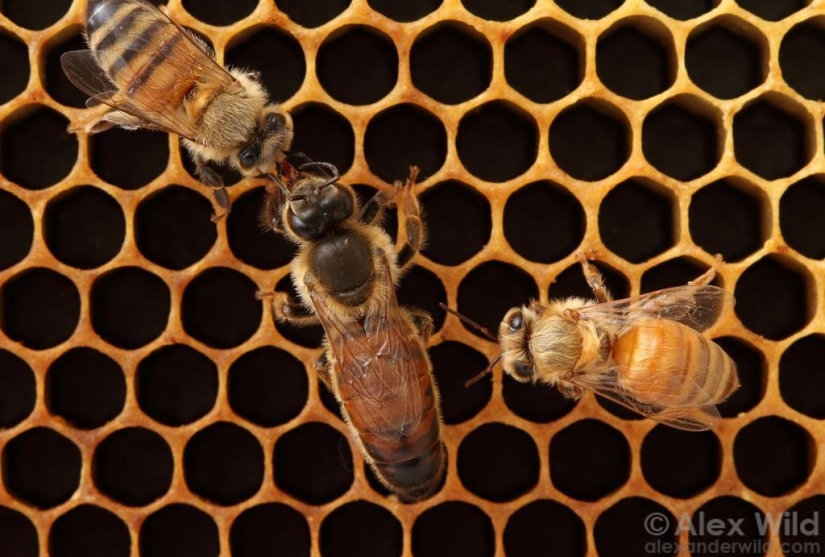
As the findings of archaeologists have shown, beekeeping was known to the ancient Egyptians about seven thousand years ago. A strong bee family consists of about 50 thousand bees.

The mass of one strong bee family is about 7-8 kilograms.
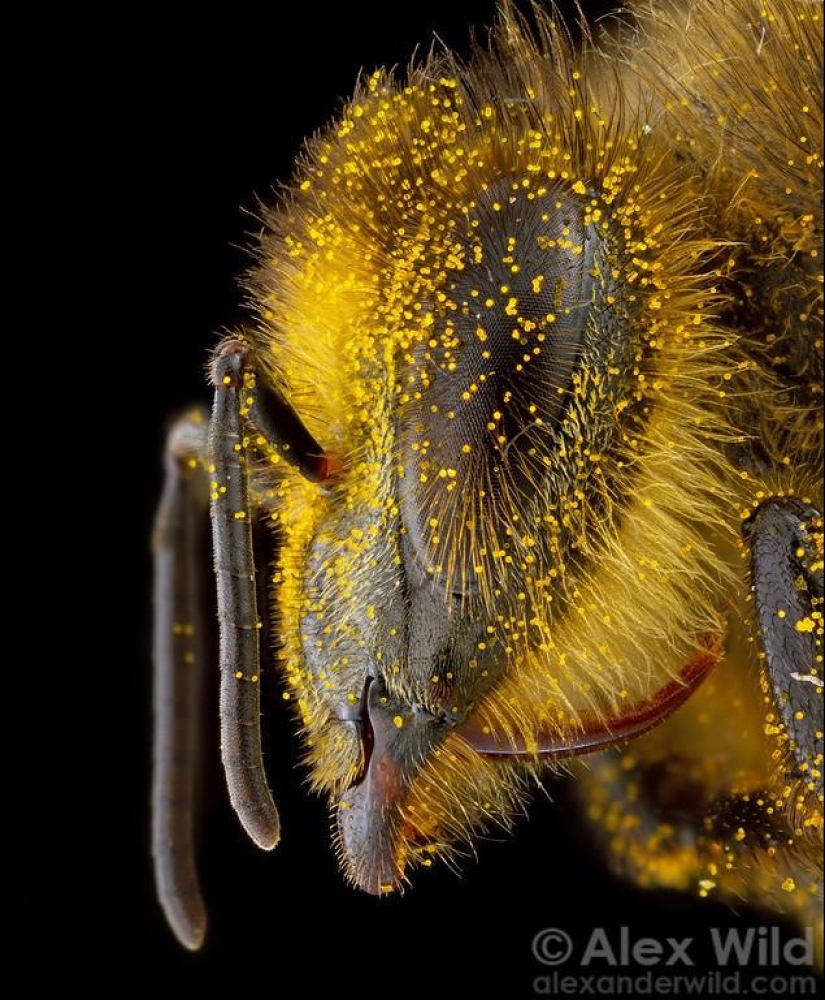
Bees should not be considered individual organisms. Their colonies can be called superorganisms, and an individual bee will not be able to survive outside of its family.
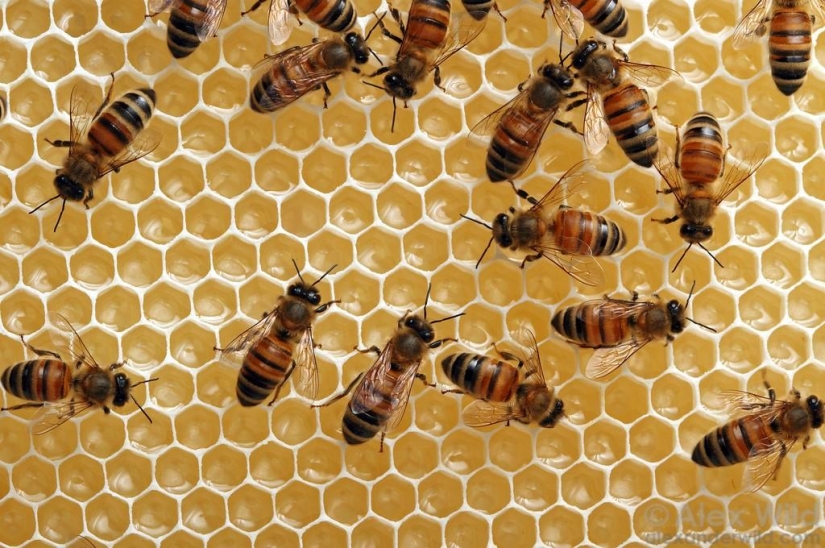
A bee can sting a victim only once in a lifetime. There are special notches on the sting, because of which it gets stuck in the victim's skin. The insect loses it, damaging its own insides, which is why it soon dies.
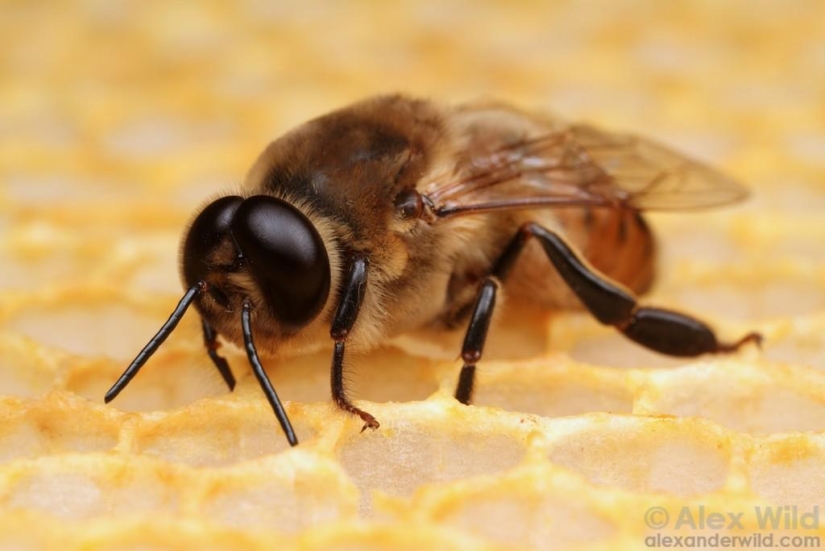
Despite the fact that the hive in its natural state loses dozens and even hundreds of workers a day, a healthy, young uterus confidently makes up for these losses, laying up to a thousand eggs at the same time.
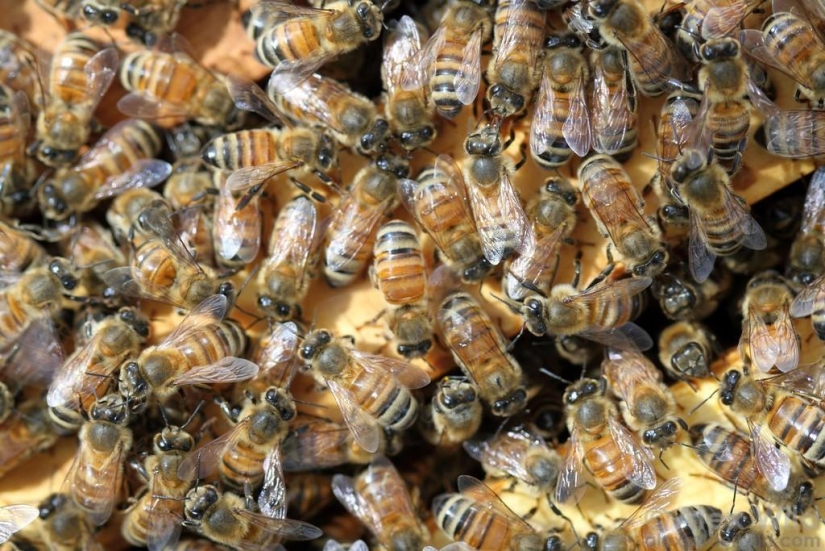
The queen bee withstands temperature changes worse. Therefore, in winter, working individuals surround it from all sides and actively move, maintaining a comfortable temperature of about +28 degrees Celsius.
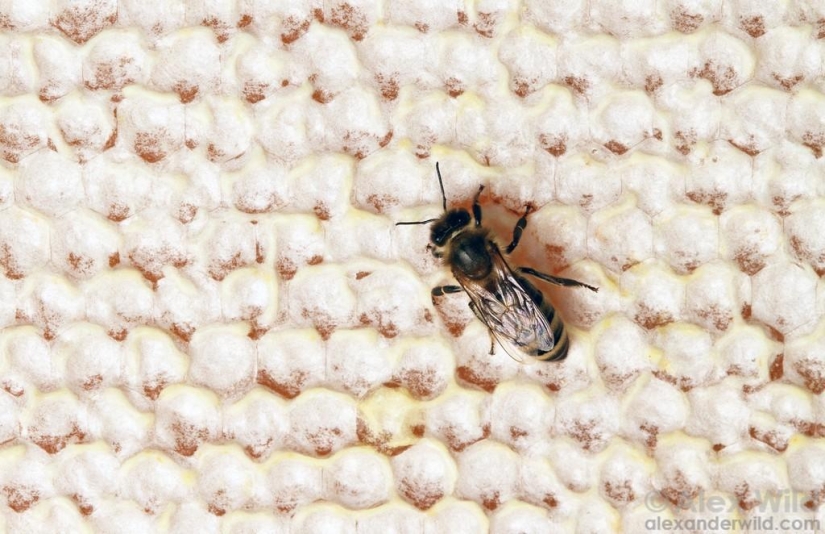
Pollen and nectar are collected by only a third of the bee family. The rest guard the hive, create honey, take care of the uterus and perform other "household" tasks.
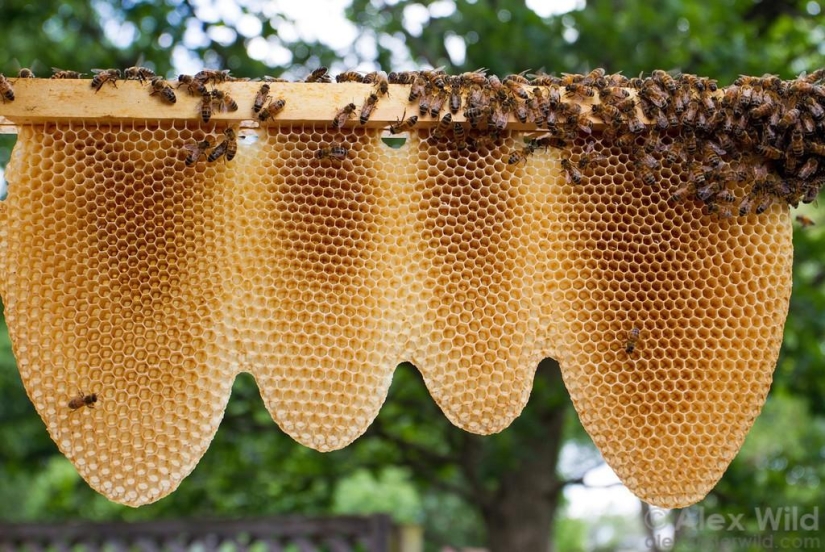
There is a group of bees in the hive that work as fans. Some pump fresh air through the letok on hot summer days, while others blow honeycombs with honey so that excess moisture evaporates from the nectar.
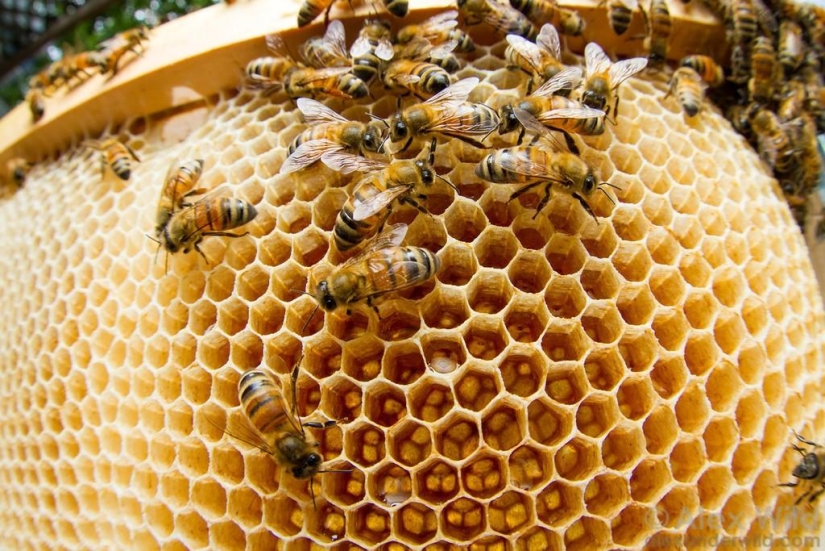
One mating is enough for a queen bee to lay millions of eggs throughout her life.
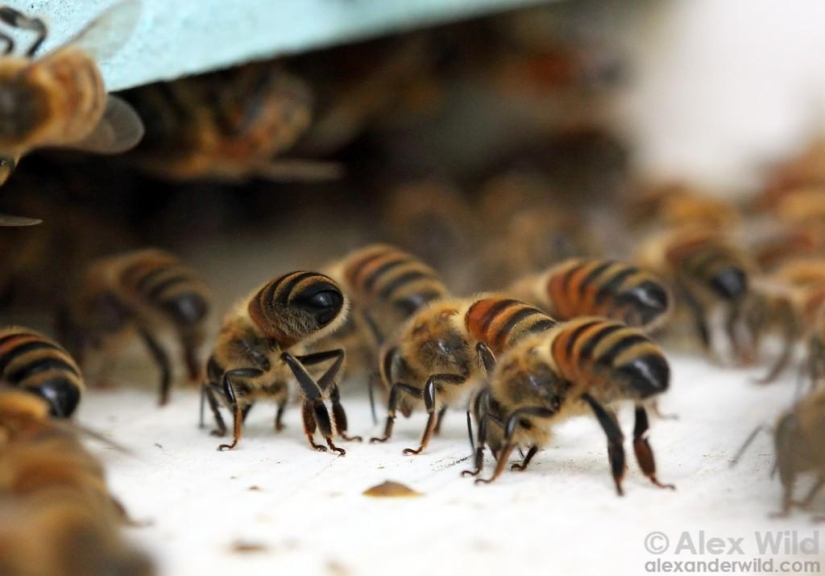
Bees born in the spring usually live no more than a month and a half — they wear out a lot because of the heavy load. But individuals born in autumn, shortly before wintering, easily survive until spring and the first collection of nectar.
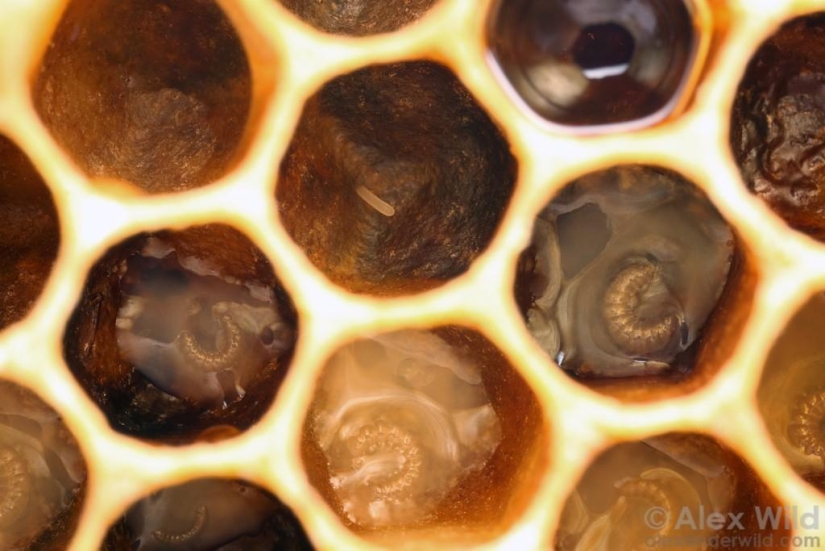
A healthy person without allergies dies after receiving about 500-1000 bee stings. If there are problems with allergies, then one or two bites are enough for him.
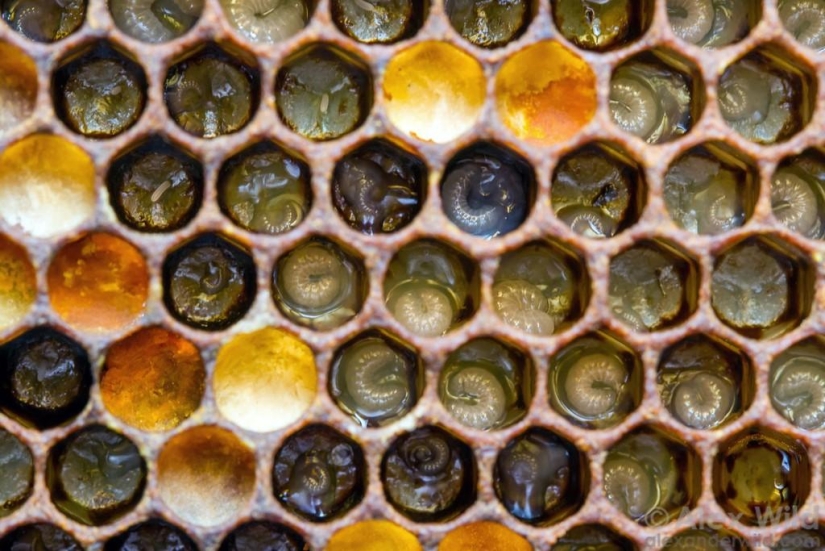
Meliponini is a unique species of bees in its own way. They do not feed on pollen or nectar, but carrion.
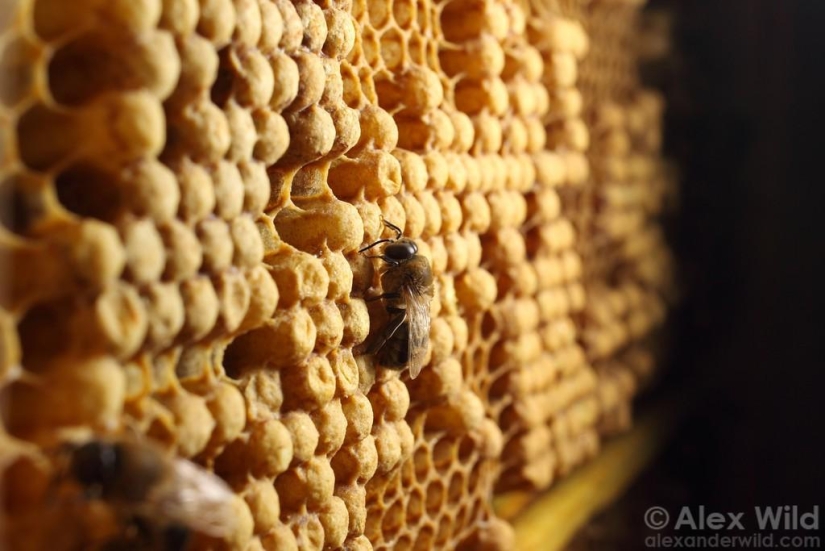
Bees have well-developed social elevators. The first week of life they take care of the uterus. Then they are engaged in the construction of honeycombs for a week. From the crescent, they restore order in the hive, removing garbage and remnants of vital activity. From 20 to 25 days they guard the hive or are engaged in its ventilation. After that, and until death, they specialize in collecting honey.
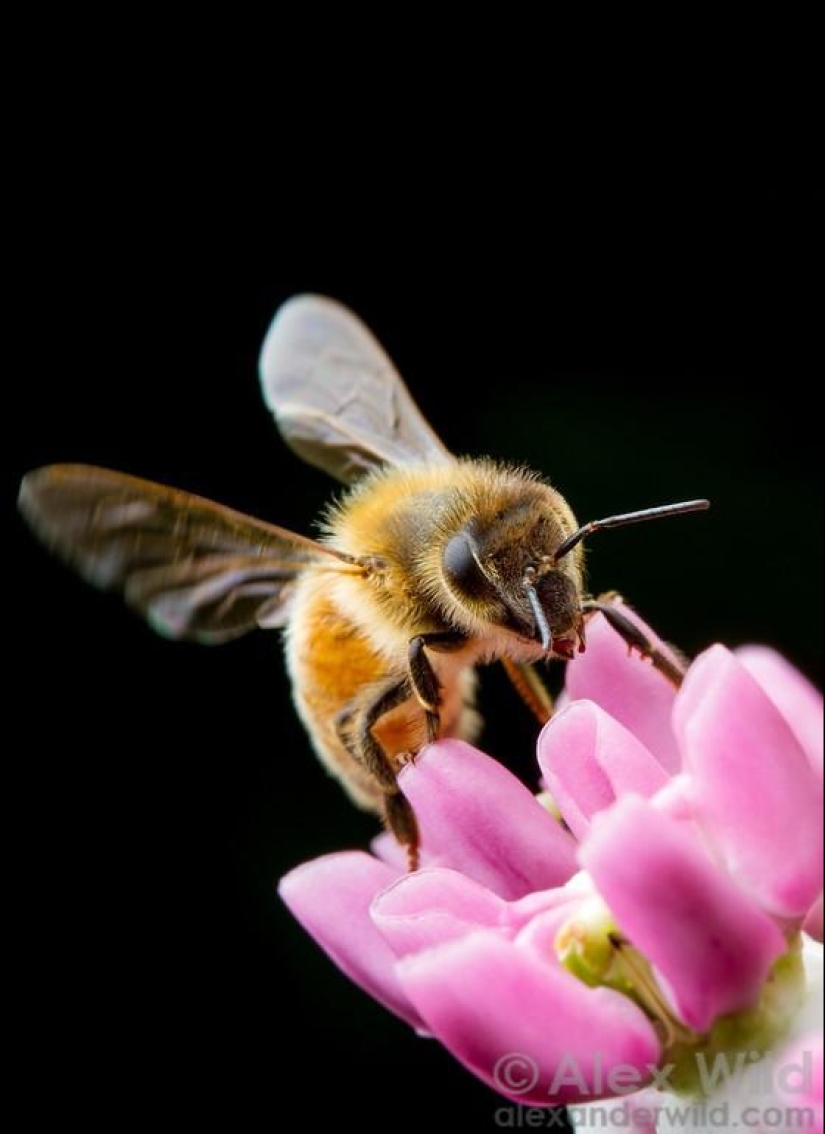
Experienced beekeepers try to change the uterus every two years. Still, with such heavy loads on the body, they "wear out" quite quickly or, as experts say, become rotten — they lay a lot of eggs, from which drones hatch.
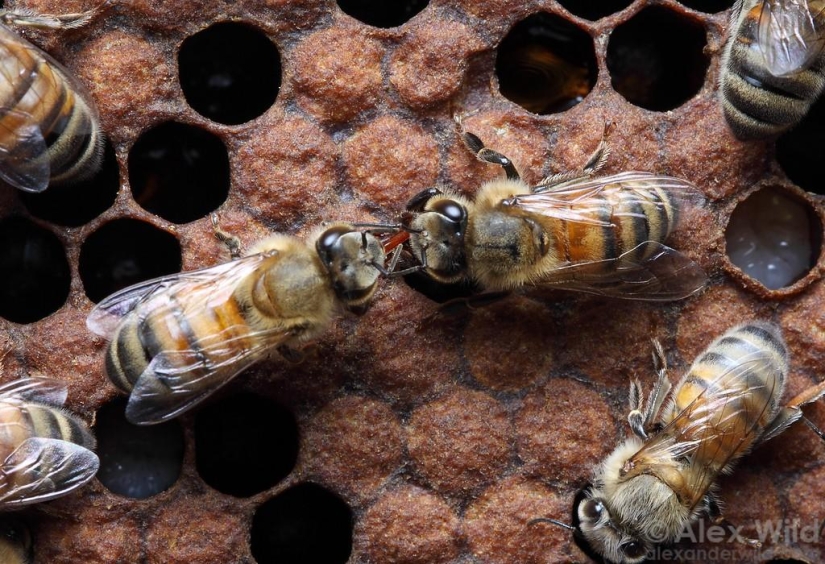
The only purpose of a drone in a healthy family is fertilization of a young uterus. In weak families, they are also needed to keep the temperature at the right level in winter. Therefore, worker bees often simply throw them away in the fall so that they do not consume valuable honey.
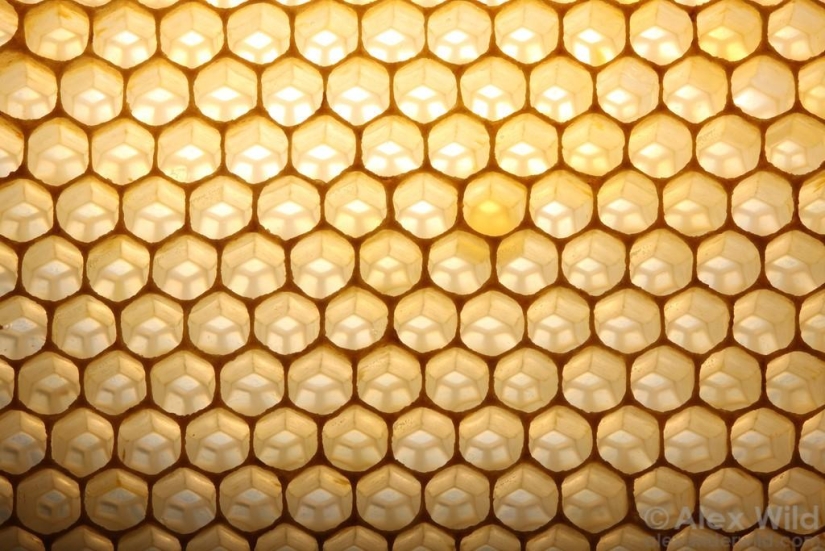
Mice often visit the hives, wishing to feast on honey. In a few bites, she is killed by guardian bees, but they cannot remove such a large carcass. So that it does not start to rot, spreading infection around, the workers cover it with a layer of wax, closing it in a kind of sealed sarcophagus.
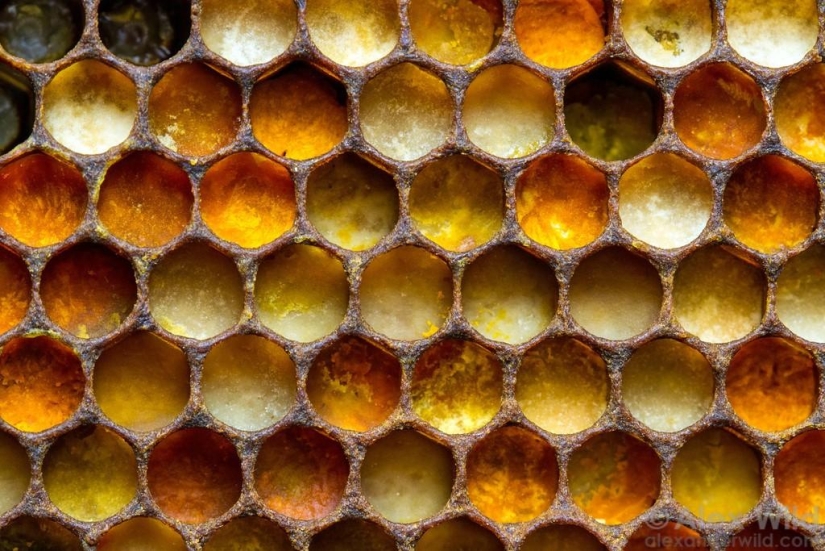
If bees disappear from the Earth, it will lead not only to a shortage of honey. There will be no one to pollinate the plants, as a result of which they will cease to bear fruit. This will lead to famine, which humanity has not yet encountered.
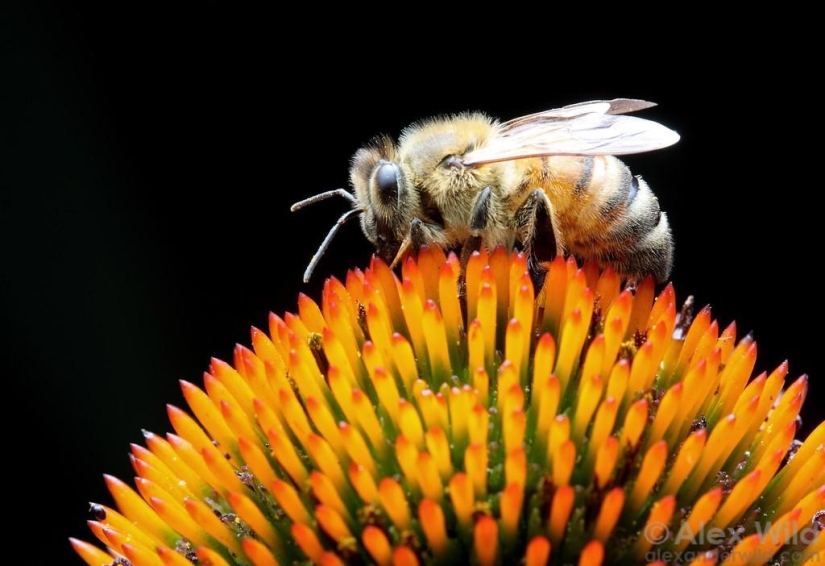
There are two types of eyes on the bee's head — three small simple ones that are responsible for recognizing the level of illumination, and two complex faceted eyes. They can distinguish between the ultraviolet spectrum and part of the visible (the most clearly distinguishable color for bees is blue), but they do not perceive shades of red.
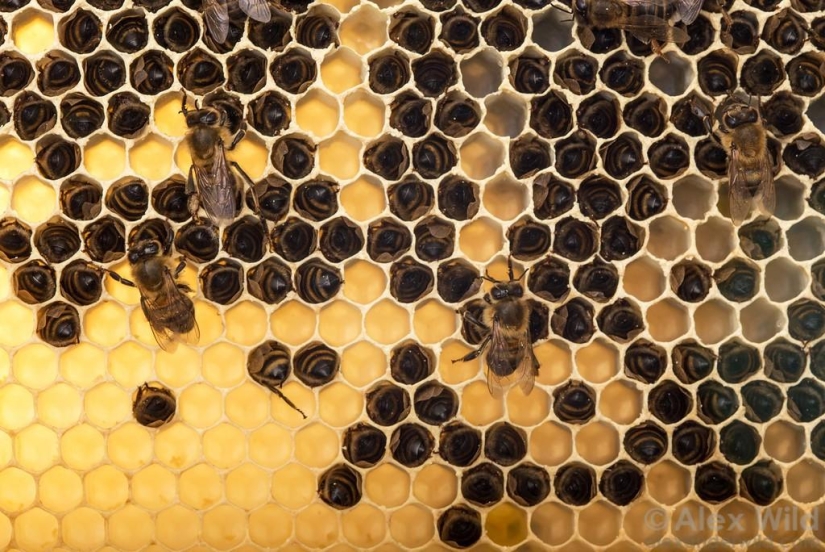
Over the course of a lifetime, one bee produces about one-twelfth of a teaspoon of honey.
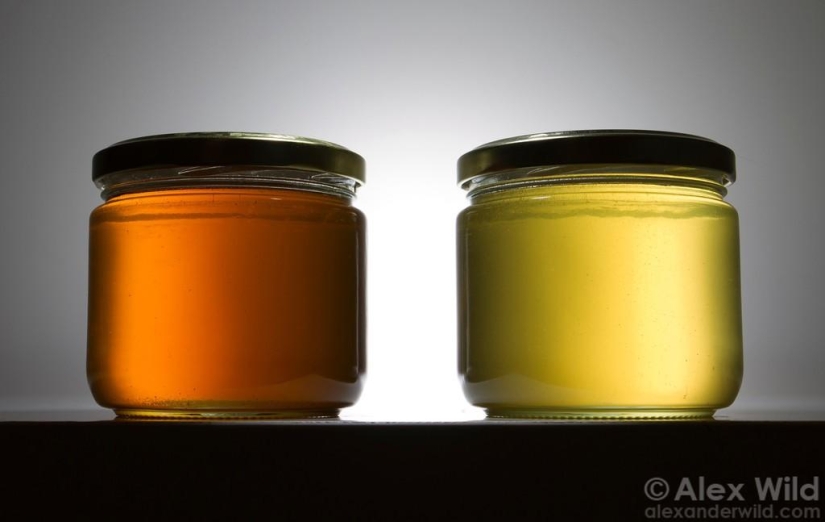
In order to produce 1 kg of honey, bees need to visit about eight million flowers.
Recent articles

There is never enough space in a child's room. You know, you need a bed, the closet is literally bursting with things, and you ...

Armenian artist Artush Voskanyan paints in the style of mannerism and calls the Italian painter of the XVI century Giuseppe ...

In our days, the friendship with the ex-partners is normal, civilized and progressive. In this article we are told in journals and ...